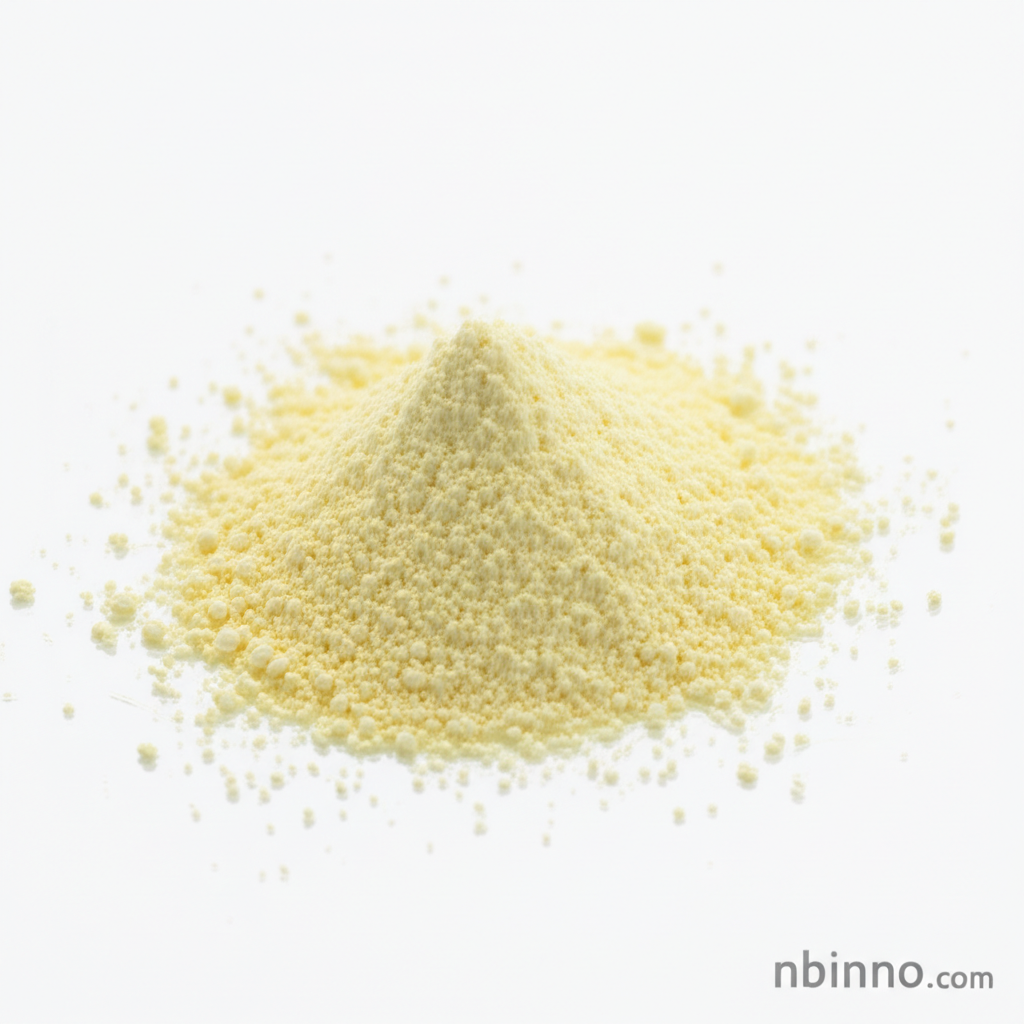DPhPC: Unveiling the Potential of 1,2-Diphytanoyl-sn-glycero-3-phosphocholine
Explore the unique properties and diverse applications of this vital synthetic phospholipid in research and pharma.
Get a Quote & SampleProduct Core Value

1,2-Diphytanoyl-sn-glycero-3-phosphocholine
1,2-Diphytanoyl-sn-glycero-3-phosphocholine, or DPhPC, stands out due to its unique branched fatty acid chains. This structural characteristic grants membranes exceptional stability and significantly reduces water permeability, making it a preferred choice for creating highly stable model membranes. Its lack of a detectable gel-to-fluid phase transition within a broad temperature range further enhances its utility in various demanding experimental conditions, a key aspect when considering DPhPC membrane stability.
- The unique branched fatty acid chains of DPhPC provide membranes with unparalleled high stability, a crucial factor for reliable experimental outcomes in biophysics.
- Its property of low water permeability is essential for constructing stable model membranes, supporting accurate electrophysiology studies.
- Researchers frequently utilize DPhPC as model membranes when conducting electrophysiological experiments, benefiting from its consistent performance.
- The compound's role in advancing drug delivery systems, particularly in nucleic acid delivery, showcases its importance in modern pharmaceutical research.
Advantages of DPhPC
Enhanced Membrane Stability
The branched structure of Diphytanoyl lipids, like DPhPC, leads to increased membrane stability, a critical advantage for many biophysical and pharmaceutical applications.
Consistent Phase Behavior
DPhPC does not exhibit a detectable gel-to-fluid phase transition from -120°C to +120°C, offering consistent performance across a wide temperature spectrum.
Biophysical Research Utility
As a component of model membranes, DPhPC is invaluable for studies in electrophysiology and understanding membrane-protein interactions, supporting insights into phospholipid applications in pharma.
Key Applications
Model Membrane Systems
DPhPC is a cornerstone for building artificial membranes that accurately mimic biological bilayers, facilitating studies on membrane dynamics and protein reconstitution.
Electrophysiology Studies
Its stable properties make DPhPC ideal for creating robust lipid bilayers used in patch-clamp and other electrophysiological techniques to study ion channels and membrane transport.
Drug Delivery Formulations
In the pharmaceutical realm, DPhPC is employed in the development of lipid nanoparticles for targeted delivery of therapeutics, particularly for nucleic acid delivery applications.
Vaccine Development
The use of DPhPC in adjuvant systems and lipid-based delivery platforms supports the creation of next-generation vaccines, enhancing their efficacy and stability.
